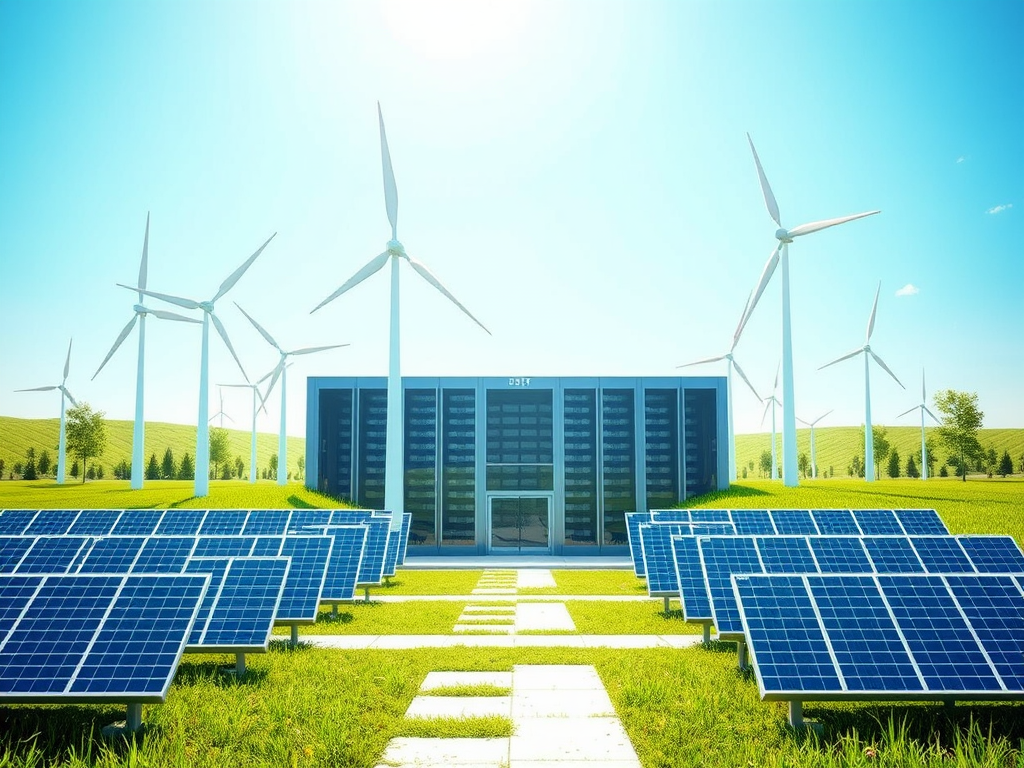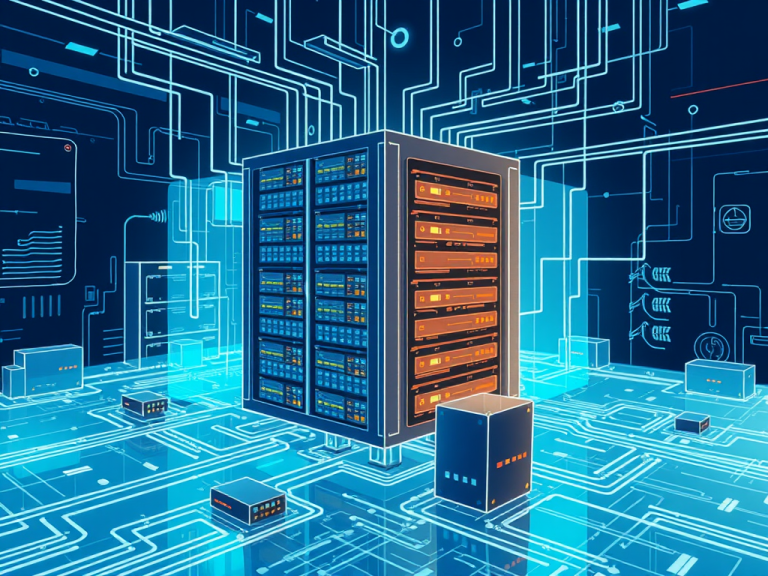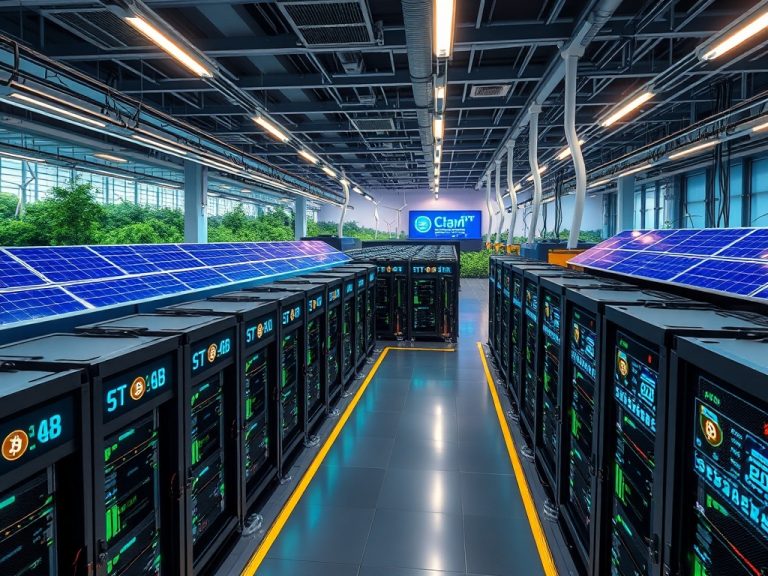
Introduction
High-Performance Computing (HPC) plays a vital role in many fields, including scientific research, engineering, and data analysis. These powerful computers help solve complex problems, analyze large datasets, and simulate real-world scenarios. However, as the demand for computational power continues to grow, so does the need for energy efficiency. Improving energy use in HPC not only helps save money but also reduces the environmental impact of large data centers.
Why Energy Efficiency Matters
Cost Savings
Energy costs can represent a significant portion of the operating expenses for HPC facilities. In some cases, electricity bills can be higher than the costs of hardware and maintenance combined. By improving energy efficiency, organizations can lower their electricity bills, allowing them to allocate resources to other important areas, such as research and development. Energy-efficient systems can also help organizations stay competitive in a market where operational costs are critical.
Environmental Impact
Data centers are known to consume vast amounts of energy, contributing to a substantial portion of global energy consumption. This leads to increased greenhouse gas emissions, which negatively impact the environment. By adopting energy-efficient practices, HPC can play a role in reducing these emissions. This shift is not only important for compliance with environmental regulations but also for meeting the expectations of stakeholders who are increasingly concerned about sustainability.
Better Performance
Interestingly, energy efficiency can also lead to better performance. Systems that manage power consumption effectively can operate at higher performance levels for longer periods. This means researchers can tackle more complex calculations and simulations without facing the same energy constraints. Improved performance through energy efficiency can lead to faster results and breakthroughs in various fields.
Ways to Improve Energy Efficiency
1. Hardware Innovations
Energy-Efficient Processors
The development of energy-efficient processors is a significant advancement in HPC. Modern CPUs and GPUs are designed to deliver high performance while consuming less power. For example, many new processors use advanced manufacturing techniques to reduce power consumption. By selecting the right hardware, organizations can achieve substantial energy savings without sacrificing performance.
Advanced Cooling Solutions
Cooling systems are essential in HPC environments because they prevent overheating. Traditional cooling methods, such as air conditioning, can be energy-intensive. Innovative cooling solutions, like liquid cooling and free-air cooling, can reduce energy consumption while maintaining optimal temperatures. Liquid cooling, for instance, is often more efficient because it can remove heat directly from components, reducing the overall energy required for cooling.
2. Software Optimization
Parallel Computing
Parallel computing is a technique that allows multiple processors to work on different parts of a problem simultaneously. This method not only speeds up computations but also reduces energy waste. By efficiently distributing workloads across available resources, organizations can minimize idle times and ensure that energy is used effectively.
Energy-Aware Algorithms
Developing algorithms that consider energy consumption is another way to enhance efficiency. Energy-aware algorithms optimize how tasks are performed, taking into account the energy costs associated with different operations. By designing software with energy efficiency in mind, developers can help reduce the overall energy footprint of HPC systems.
3. Dynamic Power Management
Dynamic power management techniques allow HPC systems to adjust their energy usage based on current workload demands. For example, dynamic voltage and frequency scaling (DVFS) enables processors to lower their power usage during less demanding tasks. This flexibility allows systems to conserve energy without sacrificing performance, leading to significant savings over time.
4. Virtualization
Virtualization technology enables multiple virtual machines to run on a single physical server. This approach makes better use of hardware resources and reduces the total number of servers needed. By decreasing the number of active servers, organizations can lower their energy consumption and improve efficiency. Virtualization also simplifies management and can lead to further cost savings.

Measuring Energy Efficiency
Power Usage Effectiveness (PUE)
Power Usage Effectiveness (PUE) is a common metric used to measure the energy efficiency of data centers. It is calculated by dividing the total energy used by the data center by the energy used by the IT equipment alone. A lower PUE indicates better energy efficiency. For example, a PUE of 1.2 means that for every watt used by IT equipment, an additional 0.2 watts are used for cooling and other overhead. Organizations strive for a PUE as close to 1 as possible to indicate optimal energy use.
Green500 List
The Green500 is a ranking of the world’s most energy-efficient supercomputers, based on their performance per watt. This list not only recognizes top-performing systems but also encourages research and development in energy-efficient computing. By showcasing the most efficient systems, the Green500 motivates organizations to adopt greener technologies and practices.
Future Trends in Energy Efficiency
As technology continues to evolve, new trends are emerging to enhance energy efficiency in HPC. For example, machine learning and artificial intelligence are being used to optimize resource allocation and improve energy management. Additionally, the integration of renewable energy sources, such as solar and wind power, can help data centers reduce their reliance on fossil fuels and minimize their carbon footprint.
Conclusion
Energy efficiency in High-Performance Computing is crucial for sustainable growth. As the demand for powerful computing resources increases, using energy wisely will help organizations save money and reduce their environmental impact. By focusing on hardware innovations, software optimization, dynamic power management, and virtualization, the HPC community can lead the way toward a more energy-efficient future. Embracing these practices will not only benefit individual organizations but also contribute to a greener planet for generations to come.






